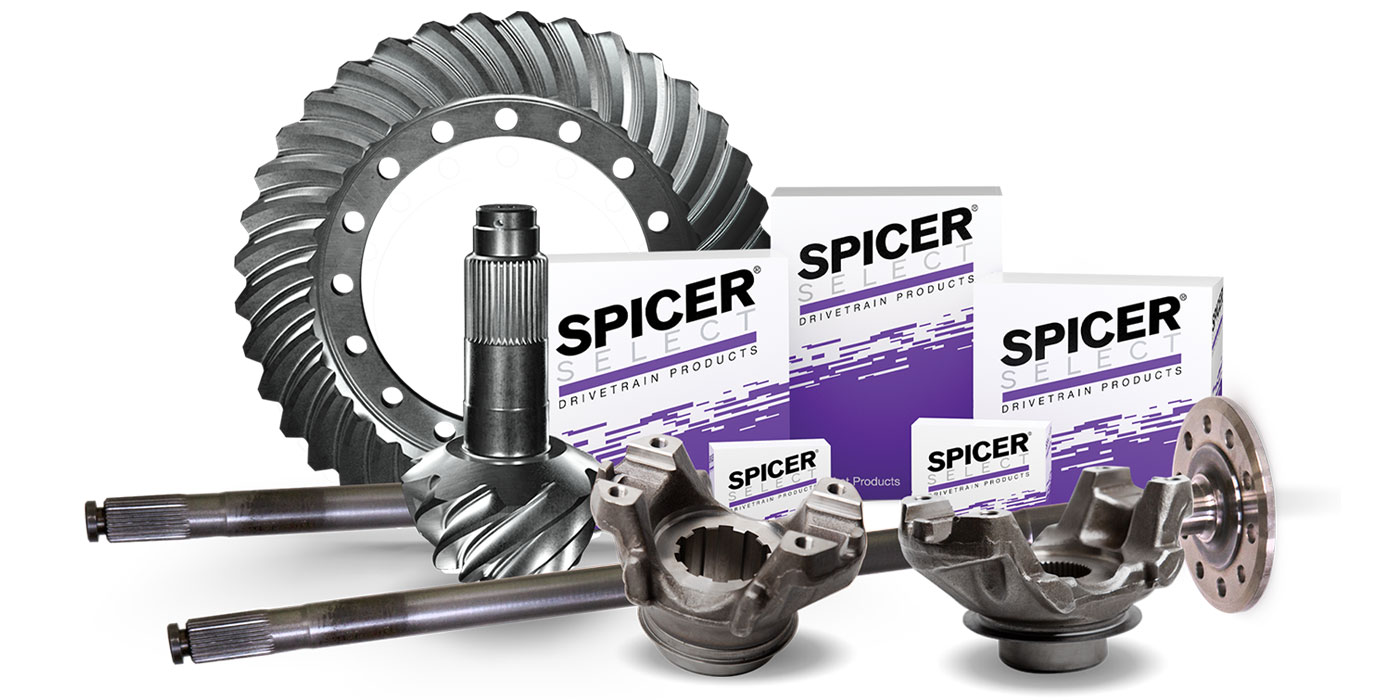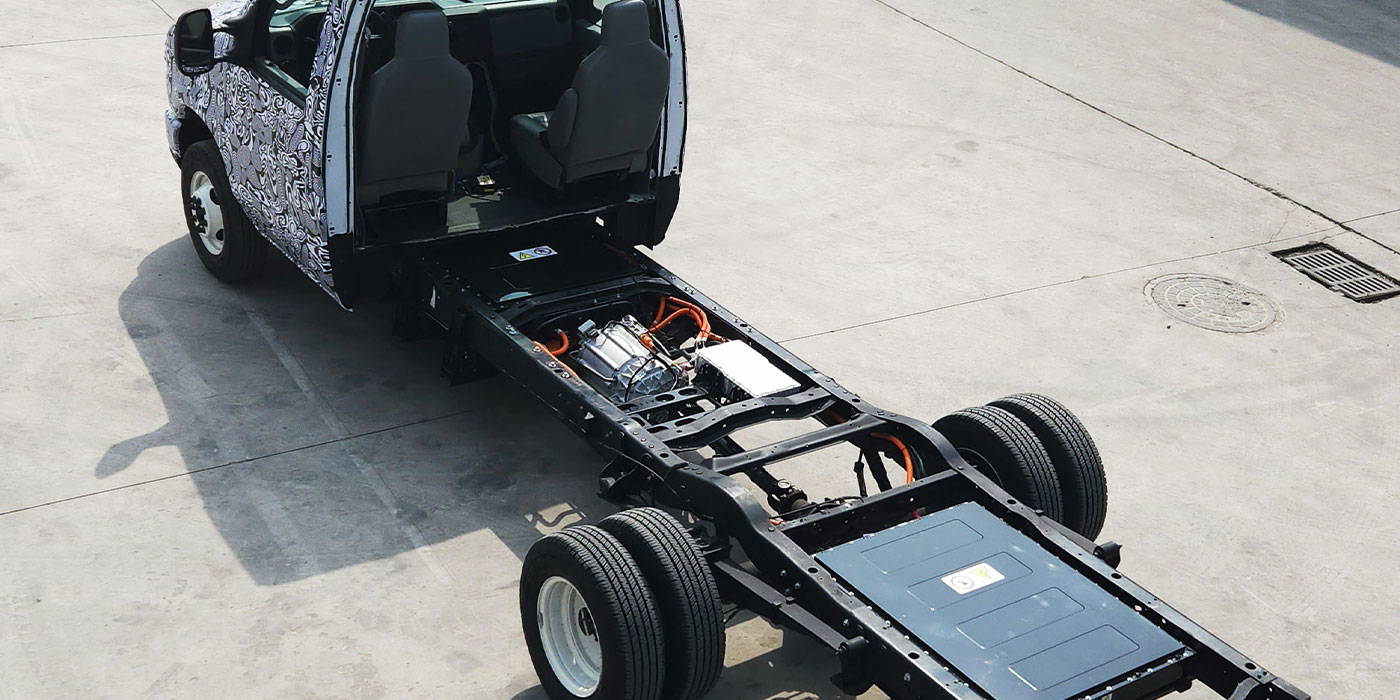What’s not to like about automated mechanical transmissions (AMT)? Many drivers like them because they’re easier to drive than conventional mechanical designs.
Fleet owners like them because drivers like them – and they can save fuel. Fleet managers like them because fleet owners like them –– and they can reduce maintenance demands.
So why aren’t they currently being spec’ed in most new trucks? About the only reason is that they’re expensive, yet some very knowledgeable fleets –– Averitt Express and U.S. Express among them – are finding success with these designs.
AMTs also come with some baggage. The controlling software in some earlier designs had transmissions shifting either too early or too late. That, however, is no longer the case. The software used to control today’s automated transmissions has come a long way from those earlier designs. Stephanie Bell, product planning manager for Eaton’s heavy-duty transmission division, says, “We’ve had an evolution in our electronics. We’re up to our third generation of software, which has optimized the operational diagnostics. Current electronics are a drastic change from the first generation designs.”
There are currently only two suppliers of automated transmissions in the NAFTA region, but with growing demand others are likely to enter the market. ArvinMeritor markets the ZF FreedomLine through its ZF Meritor joint venture. Eaton offers its UltraShift products through Roadranger marketing operation. Both are conventional transmission/clutch combinations, but are controlled by electronics instead of by the driver with a clutch pedal and gear shift lever. Both are two-pedal systems.
While the ZF Meritor products are intended for use in Class 8 trucks, possibly on the very high-end of Class 7, Eaton offers UltraShift transmissions for both medium- and heavy-duty. Eaton also offers a three pedal system, called AutoShift, intended for use in special Class 8 operations.
Several years ago, Volvo announced that its I-Shift automated mechanical transmission would be available in several of its bus chassis. Like its U.S. competitors, the I-Shift is a manual gearbox, in this case a 12-speed, with an automatic gear changing system. It’s being fitted behind engines ranging from 340 to 420 HP so it could be easily adapted to some of the company’s vehicles marketed here, but no announcement on that front has yet been made by the company. Only time will tell.
Market share
The present market for AMTs in the Class 8 over-the-road market is far from tempting to aspiring manufacturers. While the exact figure is certainly not well known, it is just as certainly not very large. It is, in fact, quite a bit smaller than suppliers expected it to be by now. Charlie Allen, ArvinMeritor’s director of global customer support, says, “My guess is the AMT market share is about 10 percent of the Class 8 highway market. It is a small market at this point, but we believe it will ultimately be in the neighborhood of 50 percent of the highway market. Over time you’re going to see the market for automated transmissions grow.” ArvinMeritor is so confident of this forecast that it stopped marketing its conventional mechanical transmissions almost a year ago. Allen asks, “Why continue to focus on a design that will be eclipsed by automation?”
Sounding as she has about as much confidence as Allen, Eaton’s Bell puts the over-the-road market AMT share at about 14 percent, but she says, “That figure is growing at one to two percent annually over conventional transmissions in the NAFTA region.”
At Mack Trucks, which offers the FreedomLine and both Eaton products in its highway trucks, the picture is much the same. David McKenna, Mack’s powertrain sales and marketing manager, says, “Acceptance of AMTs continues to grow in the highway segment, but not as fast as in years past, and we do not see much demand in the vocational segment where demand for Allisons is growing rapidly.” According to McKenna, demand at Mack for trucks with AMTs intended for use in over-the-road is at the 14 to 15 percent level, a level that appears to have stagnated.
The situation at Volvo Truck North America is much the same. Ed Saxman, product manager for drivetrain components, says, “Our market grew up knowing how to drive unsynchronized transmissions so we had a driver base able to drive these transmissions, which provide long-lasting, very durable service. At the same time, we’ve seen new technology develop offering customers a number of alternatives. We did see a surge in orders for AMTs several years ago, but that trended downward for awhile. Now it seems to be trending back up.”
The situation is substantially different in the medium-duty market where Eaton’s UltraShift products dominate the company’s sales for trucks of that size. In this market, AMTs are sold as a fuel-saving option because that’s a feature that can be quantized. Bill Gross, manager of medium-duty sales support at Eaton, says, “In an independently conducted SAE fuel economy test in both urban and highway applications, we showed a 19 percent fuel economy improvement in urban operations and a seven percent improvement in highway routes over fully automatic transmissions.” Because of the variability in the ability of drivers, Gross claims that there is no way to accurately test an AMT against a conventional mechanical design. He does say of the potential comparison however, “We will make your worst driver as good as your best.”
Eaton offers a “return on investment” calculator that uses your fleet numbers to calculate the potential savings offered by using its UltraShift transmissions in your operation. You can find this calculator on its website roadranger.com. A “slide rule” version is also available though your RoadRanger representative.
Driver appreciation
While fuel savings is appreciated by every fleet manager and fleet owner, the major benefits are those appreciated by the drivers. Unfortunately, those benefits are very difficult or impossible to measure. Although there are many highly qualified drivers working in medium-duty segment of our industry, there are many more who are primarily sales representatives who need to drive a truck to do their job. Because most of these vehicles operate in congested urban environments, even professional drivers appreciate the automated operation of their vehicles. Doesn’t it seem reasonable that anyone who is required to drive a medium-duty truck through his or her work day would not prefer to be behind the wheel of a truck that drives more like his or her personal vehicle than an 18-wheeler?
Even seasoned line haul drivers soon learn to appreciate the driving ease offered by AMTs. The often repeated scenario has the long-term driver moving into a new truck with an AMT with a good measure of skepticism. Before long he or begins to be fascinated with the technology involved. That phase quickly changes into a real appreciation of driving benefits it offers. Robert Hester, an Averitt driver, says, “I never thought I would like an automatic. I always thought the more gears, the better, but I just love it. I’m not as tired from shifting and am able to pay more attention to the road. That’s especially important considering today’s traffic congestion. I had to learn a different driving technique, but it only took a few minutes. Now I wouldn’t go back to shifting gears for anything.”
Improved safety is also an important factor. Volvo’s Ed Saxman says, “It’s much easier to safely put someone behind the wheel of a tractor with an AMT. It takes the work out of driving a truck especially in difficult situations when decisions have to be made simultaneously. For example, when turning a corner in city traffic, lanes need to be changed at the same time that shifts need to be made. In such a situation, it’s good if a driver can keep two hands on the steering wheel and his eyes on the road. Improved safety is one of the biggest benefits offered by AMTs.”
ArvinMeritor’s Charlie Allen says, “An AMT takes the driver out of being a powertrain manager and lets him be the pilot of the vehicle.”
Management’s benefits
ArvinMeritor’s Allen says, "Every-thing has a finite life, a life that is affected by application and proper maintenance." Nowhere is that more true than with these transmissions. Because of the premium prices they demand, –– $5,000 to $7,000 for a heavy-duty model, around $1,500 for a medium-duty product –– fleet managers must ask how that investment might be returned before a purchase order is cut.
It’s not too difficult for those managing medium-duty fleets. Eaton’s Bill Gross suggests that the $1,500 premium required for a medium-duty UltraShift can be returned in less than a year in fuel savings alone in many operations. Go to the company’s calculator and put in your own numbers to see if it might work for you. It’s not quite as easy to see how a heavy-duty FreedomLine or UltraShift with a premium as much as $7,000 can offer a return.
But let’s take a look at a number of factors, some of which, maybe all, might be of interest to you.
• Safety: The driver no longer needs to focus on a gear change. He or she can focus on the traffic conditions around him or her.
• Performance: Integration of the engine and transmission offers design engineers the opportunity to build in efficiencies not available with discrete components. Better fuel economy and longer component life are likely benefits.
• Maintenance: The absence of missed shifts results in less shock to driveline components and improved clutch life.
• Driver retention: How much does it cost when you lose a good driver and need to replace him? Might he or she have stayed with you if you offered a truck that was easier to drive?
• Driver recruitment: No matter what you do, you’re going to need to hire replacements or, if you’re lucky, additions to the roster. Might it not be easier to attract replacements or additions if you can offer a truck that’s easier to drive than the one offered by the fleet down the street?
Steve Maxon, vice president of equipment at Averitt Express, says it all, “The UltraShift is more fuel efficient over long distances and requires less maintenance than conventional transmissions, but the biggest return on our investment is driver satisfaction. Drivers like it, and we want to make their driving experience as safe and pleasant as possible.”
The bottom line? AMTs work very well. AMTs offer many benefits, but they do cost more than conventional transmissions. Will they work for you? Maybe, maybe not, but they’re certainly worth considering. They just might provide a way for you to make two dollars by spending one.
New clutch technology
LuK Automotive Systems recently introduced a line of medium- and heavy-duty clutches for Class 6, 7 and 8 vehicles. “Every feature on this product is there for a reason,” says Mike Hartney, director of sales, LuK Automotive Systems. “Even the casting works to your advantage with a unique, vane-type profile that increases airflow inside the clutch to reduce operating temperatures and prolong component life.” Conventional clutch technology just can’t compete.
“Drivers love the comfort. Fleet managers love the long service life. Technicians love the ease of installation and adjustment. And owners love the cost-effective operation,” Hartney added. The all-new line offers maximum coverage with minimum shelf space. Just eleven sets cover most applications, from a 2,250 ft.-lb. torque-rated 15.5-in. heavy-duty two-plate to a 14.5-in. medium-duty single-plate rated at 620 ft.-lbs. In addition to its heavy-duty, precision-manufactured cerametallic facings, LuK offers a 14.5-in. cushioned organic option for medium-duty applications where more comfort and control are needed. Flat or potted flywheel, standard or roller yoke configuration, LuK has a clutch for the application. Each set comes complete with a premium-quality clutch, disc(s) and release bearing.




